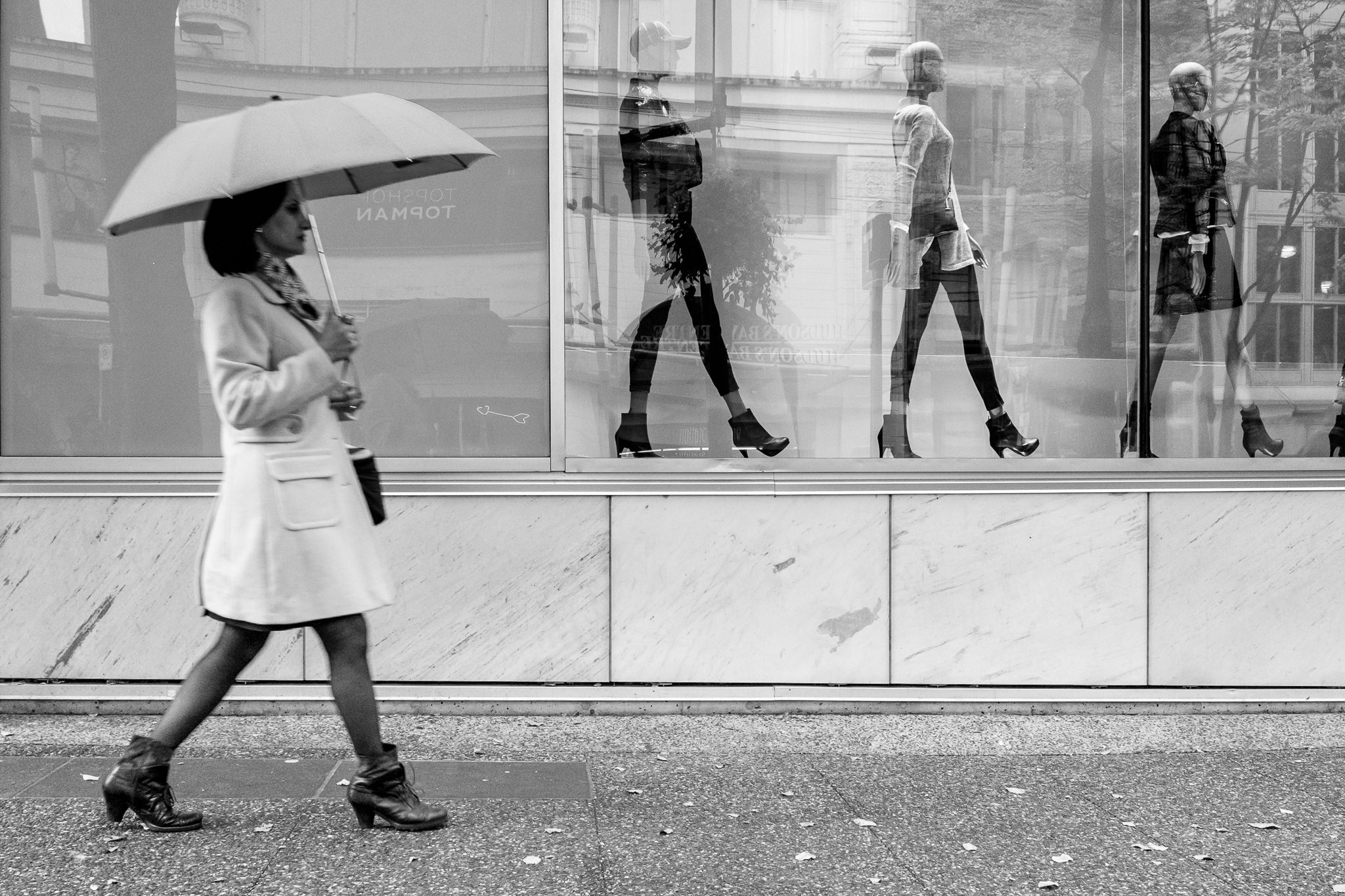Getting My Framing Streets To Work
Wiki Article
Fascination About Framing Streets
Table of ContentsSome Of Framing StreetsHow Framing Streets can Save You Time, Stress, and Money.The Ultimate Guide To Framing StreetsThe Best Guide To Framing StreetsFraming Streets for DummiesFraming Streets Can Be Fun For Anyone
Photography style "Crufts Pet Program 1968" by Tony Ray-Jones Street digital photography (additionally often called candid digital photography) is digital photography performed for art or query that features unmediated chance experiences and arbitrary occurrences within public areas, usually with the goal of catching images at a crucial or poignant minute by cautious framing and timing. 
The Ultimate Guide To Framing Streets
Susan Sontag, 1977 Road photography can focus on people and their habits in public. In this respect, the road professional photographer is comparable to social documentary professional photographers or photographers that also function in public places, however with the goal of catching relevant occasions. Any one of these digital photographers' photos might capture people and home noticeable within or from public locations, which usually requires browsing moral issues and laws of personal privacy, security, and residential property.Representations of everyday public life form a genre in almost every duration of world art, beginning in the pre-historic, Sumerian, Egyptian and very early Buddhist art durations. Art managing the life of the street, whether within sights of cityscapes, or as the dominant motif, shows up in the West in the canon of the Northern Renaissance, Baroque, Rococo, of Romanticism, Realism, Impressionism and Post-Impressionism.
A Biased View of Framing Streets
Louis Daguerre: "Blvd du Holy place" (1838 or 1839) In 1838 or 1839 the initial photo of figures in the road was videotaped by Louis-Jacques-Mand Daguerre in among a pair of daguerreotype sights extracted from his workshop home window of the Blvd du Temple in Paris. The 2nd, made at the elevation of the day, reveals an uninhabited stretch of road, while the various other was taken at about 8:00 am, and as Beaumont Newhall records, "The Boulevard, so frequently full of a relocating bunch of pedestrians and carriages was perfectly singular, other than an individual that was having his boots brushed., that was motivated to carry out a similar documents of New York City. As the city created, Atget aided to advertise Parisian streets as a worthy topic for digital photography.

The 30-Second Trick For Framing Streets
Andre Kertesz.'s extensively admired Images la Sauvette (1952) (the English-language edition was labelled The Decisive Minute) promoted the concept of taking an image at what he described the "definitive minute"; "when form and content, vision and make-up merged right into a transcendent whole" - Lightroom presets.Some Known Details About Framing Streets
The recording maker was 'a covert cam', a 35 mm Contax hidden below his coat, that was 'strapped to the breast and linked to a lengthy cable strung down the best sleeve'. However, his work had little contemporary impact as because of Evans' level of sensitivities about the originality of his project and the personal privacy of his subjects, it was not released up until 1966, in guide Numerous Are Called, with an intro created by James Agee in 1940.Helen Levitt, then an educator of little ones, related to Evans in 193839. She recorded the temporal chalk illustrations - sony a9iii that belonged to kids's street culture in New york city at the time, as well as the kids who made them. In July 1939, Mo, MA's new photography area included Levitt's work in its inaugural exhibitionRobert Frank's 1958 book,, was considerable; raw and commonly out of focus, Frank's photos questioned conventional digital photography of the time, "tested all the official rules laid down by Henri Cartier-Bresson and Pedestrian Evans" and "flew in the face of the wholesome pictorialism and wholehearted photojournalism of American magazines like LIFE and Time".
Report this wiki page